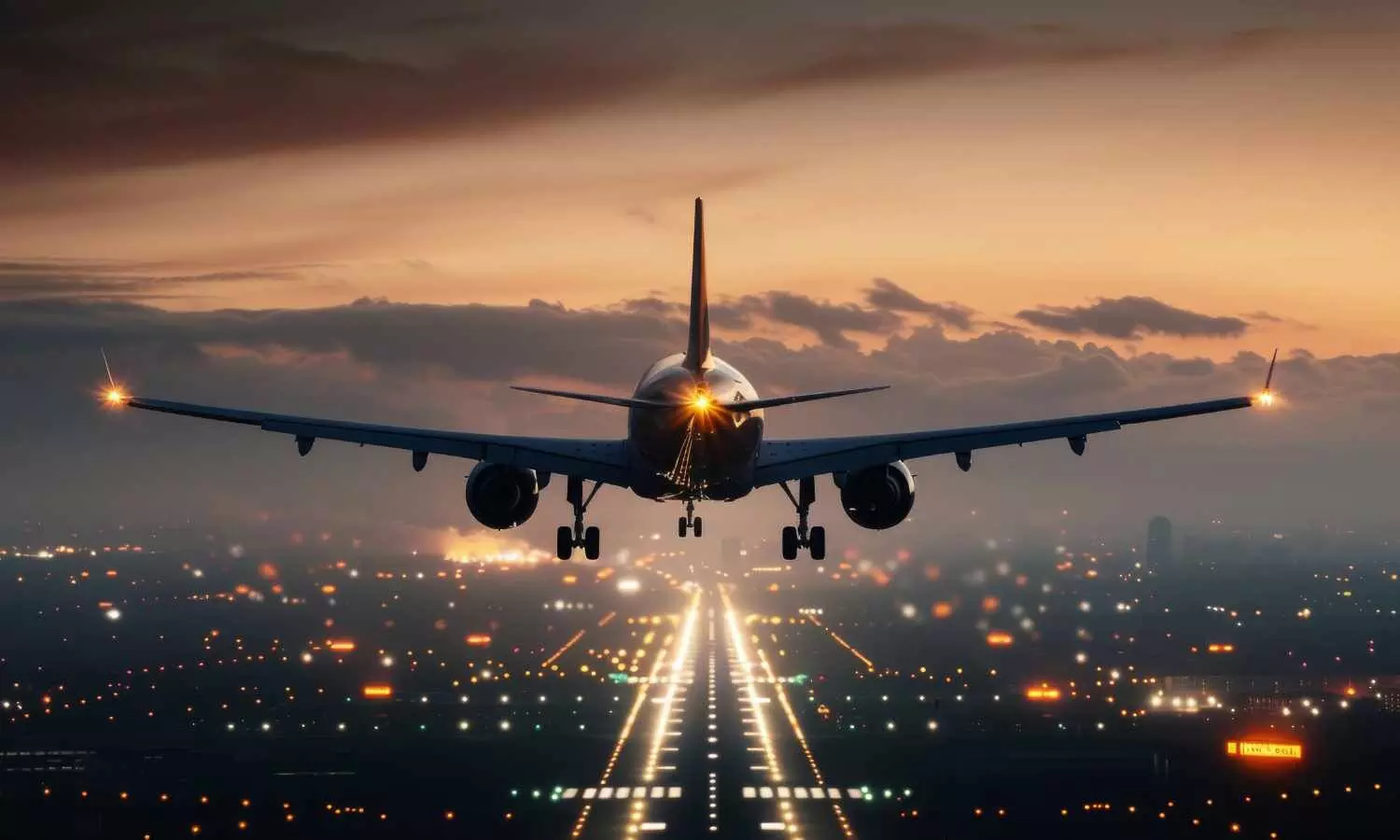Aviaton's Net Zero Future
Aviation aims for net-zero emissions by 2050 through sustainable aviation fuels, hydrogen and electric propulsion, and global collaboration to scale clean energy.
Aviaton's Net Zero Future

The future of aviation is moving towards net zero by 2050 through a combination of solutions, including sustainable aviation fuels (SAF), technological advancements like hydrogen and electric propulsion, and operational efficiencies. This goal requires significant investment, government support, and collaboration across the industry, as the current pace of change, especially with SAF, is insufficient to meet the target on its own.
The future of aviation net zero by 2050 relies on a multi-pronged approach, with the International Civil Aviation Organization (ICAO) and International Air Transport Association (IATA) setting the goal, but progress is slow. Key strategies include increasing the use of sustainable aviation fuels (SAFs), developing new technologies like electric and hydrogen-powered aircraft, improving operational efficiencies, and using carbon offsets for remaining emissions. Challenges include limited SAF production, high costs, and the need for significant government support and industry-wide cooperation.
Replacing conventional jet fuel with SAFs is seen as a critical solution, with a goal of SAFs accounting for about 65% of total emissions reductions by 2050. It is also viable for the development and use of hydrogen-powered and electric aircraft for zero-emission flights. Improving flight paths, air traffic management, and airport operations are also solutions to reduce fuel burn and emissions. There is scope for utilizing credible offsetting schemes and carbon capture technologies to neutralize any remaining emissions that cannot be eliminated at the source.
The development and deployment of solutions like SAFs are not happening fast enough to meet the 2050 target, reports Indian Aerospace and Defence Bulletin and the IEA. The transition requires significant investment and government policy support, which are not yet happening at the anticipated pace and scale, notes the IATA. The climate impact of non-CO2 emissions from aviation also needs to be addressed, which adds another layer of complexity to the problem.
The global air transport sector is working towards achieving net zero carbon emissions by 2050. Yes, decarbonizing a sector so heavily reliant on fossil fuels is a monumental challenge, but it also poses an opportunity as it allows us to reimagine the way we travel in the not-so-distant future: aircraft will be powered by new propulsion systems which reduce fuel use or rely on more electric architectures, while sustainable aviation fuel, or SAF, will need to fuel the majority of flights taking off around the world.
But the way to get there is difficult, requiring enormous efforts by all stakeholders. There is no silver bullet to get to net zero and different stakeholders and regions in the world will contribute in different ways. Some will lead through large-scale deployment of sustainable aviation fuel, while others will pioneer hydrogen, hybrid and electric propulsion systems. Together, these efforts are converging into one shared journey: transforming the vision of tomorrow’s flight into today’s reality.
At the heart of this transformation lies the shift from fossil fuels to cleaner energy sources. Sustainable aviation fuel, which can be produced from feedstocks such as waste oils, agricultural residues, algae or even captured carbon, can reduce lifecycle emissions by up to 80%. But the challenge is to scale it: this fuel currently represents less than 1% of global jet fuel use. To meet 2050 targets, production must increase exponentially, requiring the creation of an entirely new energy ecosystem. That means new refineries and supply chains as well as harmonised regulations around the globe and investment and financial frameworks.

